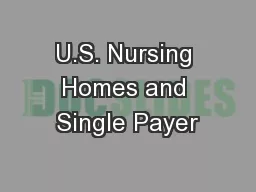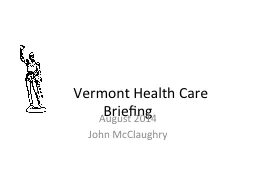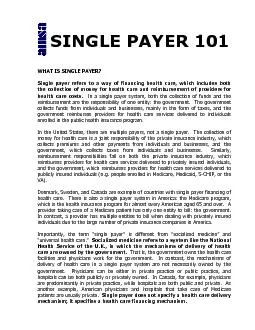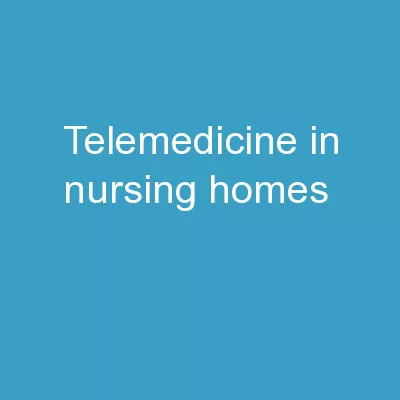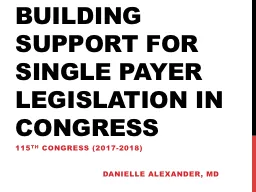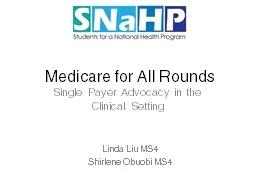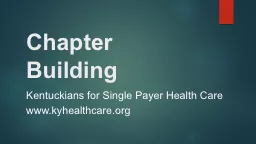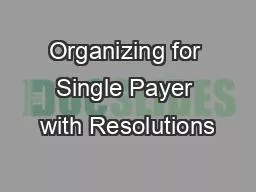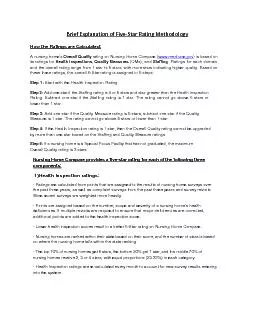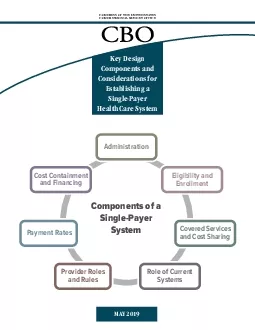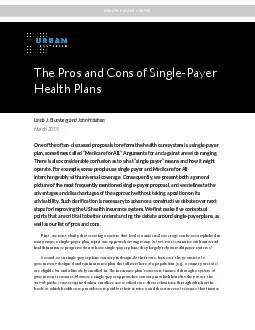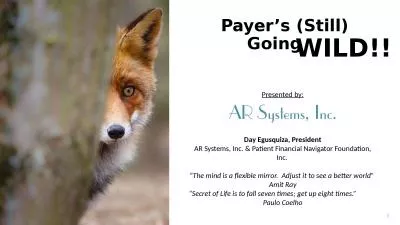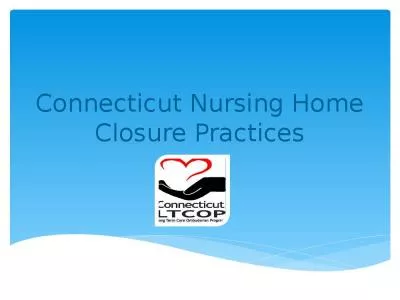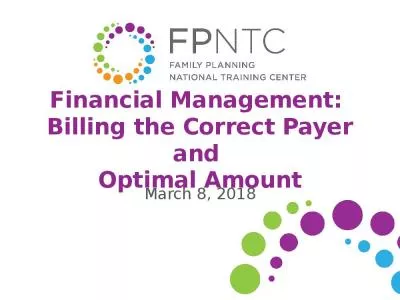PPT-U.S. Nursing Homes and Single Payer
Author : stefany-barnette | Published Date : 2017-08-14
PNHP Annual Meeting November 2 2013 Boston MA Christopher Cherney Nursing Home Administrator Berkeley California ccherneyearthlinknet US Nursing Homes 15500 skilled
Presentation Embed Code
Download Presentation
Download Presentation The PPT/PDF document "U.S. Nursing Homes and Single Payer" is the property of its rightful owner. Permission is granted to download and print the materials on this website for personal, non-commercial use only, and to display it on your personal computer provided you do not modify the materials and that you retain all copyright notices contained in the materials. By downloading content from our website, you accept the terms of this agreement.
U.S. Nursing Homes and Single Payer: Transcript
Download Rules Of Document
"U.S. Nursing Homes and Single Payer"The content belongs to its owner. You may download and print it for personal use, without modification, and keep all copyright notices. By downloading, you agree to these terms.
Related Documents

